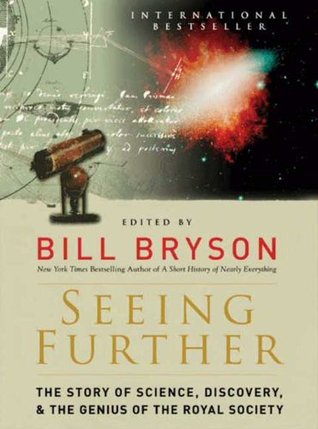Consider, for example, the Pauli exclusion principle, which states (for example) that in a helium atom with two electrons in the same orbital, the two must have opposite spins. It is not possible for both of them to possess exactly the same state. Each of the two electrons somehow ‘knows’ the direction of the other’s spin and ‘obeys’ the rule that its spin must be different. The Pauli exclusion principle is Leibniz’s identity of indiscernibles principle translated directly into physics. Moreover, the ability of an electron to ‘know’ the state of another electron, without any physical
...more
Welcome back. Just a moment while we sign you in to your Goodreads account.


